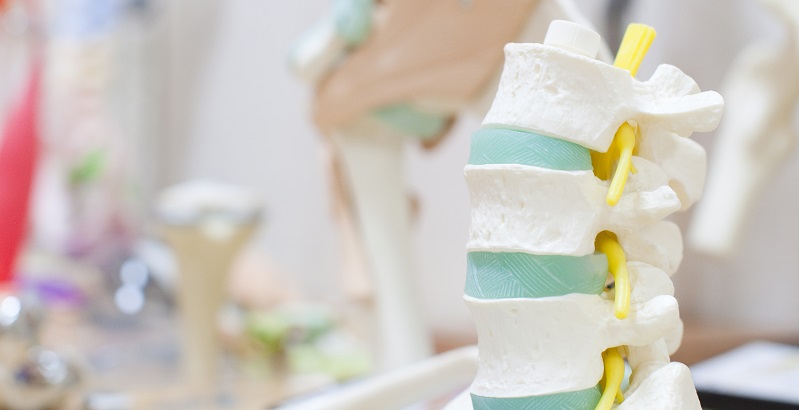A Breakthrough in Bladder Control For Patients With Spinal Cord Injuries
Category: Spinal Cord Injury | Author: Stefano Sinicropi

When you imagine someone with a spinal cord injury, you probably picture someone who has limited use of their extremities, or someone who needs to rely on a wheelchair to get around. While those are some of the more common tropes, there are plenty of other health issues that my not be as evident. One such lifestyle change is the loss of bladder control.
More than three-quarters of Americans living with a spinal cord injury lose the ability to voluntarily urinate after their injury. What may be even more surprising is that according to the majority of spinal cord injury patients, given the choice, they’d rather be able to control their bladder than regain their ability to walk. In the near future, we may be able to do just that.
Restoring Bladder Function
Recently, researchers at UCLA sent forth on a project to see if they could restore bladder function in five men who had suffered severe spinal cord injuries. The injuries had taken place between five and 13 years ago, and researchers attempted to manipulate bladder control using a magnetic device placed in the lumbar spine. Researchers were able to restore significant bladder control in each patient for up to four weeks between treatments.
“We were excited to see a positive effect in all five patients after only four sessions of mild magnetic stimulation,” said Dr. Daniel Lu, lead researcher and associate professor of neurosurgery at the David Geffen School of Medicine at UCLA. “The benefit persisted from two to four weeks, suggesting that the spinal cord’s neural circuitry retains a ‘memory’ of the treatment.
According to a survey after treatment, the magnetic technology improve the men’s quality of life by an average of 60 percent. Aside from quality of life increases, researchers believe it could also help reduce health risks associated with frequent catheter use. Long-term reliance on catheters can be dangerous, because it can introduce bacteria into the urinary tract which can lead to urinary tract infections and scarring. Restored bladder use could also help prevent related problems like kidney failure and death.
The procedure involved applying magnetic stimulation to access the cellular machinery used to control urination. Similar methods have been used to manipulate brain cell function in patients with frequent headaches or mental health issues. Dr. Lu said the stimulation worked because most spinal cord injuries do not involve a complete tear, so there’s still a small connection with the brain and the spinal cord past the injury site.
“Most spinal cord injuries are not anatomically complete; the spinal cord retains a weak, residual connection with the brain,” said Dr. Lu. “We are restoring bladder function by amplifying these faint signals and enhancing the neural circuits’ ability to respond to them.”
Each patient underwent 15 minutes of weekly stimulation for four months, and at first, researchers saw no results. However, after four sessions, the men began to experience a noticeable improvement. Eventually, all five men regained the ability to urinate on their own, including the patient who had been using a catheter for 13 years. They went from using a catheter six times a day to only once a day during treatment, and their bladder capacity increased by more than 60 percent.
The magnetic stimulation device is approved by the FDA, but its use in restoring bladder function is still in the experimental stages. However, after these encouraging results, it seems it will head for FDA regulation in the not-so-distant future.